When our longtail boat got back to Chiang Saen, I went for a walk in the village. There were a number of stalls along the river selling the usual tourist crap. But there were no tourists. Most of the vendors had abandoned their stalls and were instead sitting in the shade of a café along the Mekong drinking tea.
One of the vacant stalls had hundreds of hand-carved soap flowers. You can find soap flowers all over Thailand these days but they say the carving originated in the villages around Chiang Rai. It’s one of those odd little tourist trinkets—like wildly-painted geckos in Mexico or soapstone elephants in Kenya—that makes you wonder, Who was the first person to do this? Who was the Thai guy (or, more likely, gal) who, with nothing better to do, sat down and used an exacto knife to carve a round piece of soap into the shape of a jasmine flower or a blooming lotus?
And then, how did others learn how to do it? I could sit and watch a guy carving soap bars in to flowers all day long and still not have a clue as to how to do it myself. When that first Thai made a soap flower, it must have been precious. And then they made a few more and sold them to passing tourists for a dollar or two and thought, Hey, maybe we can make a living doing this. And now every tourist area in Thailand from Phuket to Chiang Rai has guys selling soap flowers.
I took a few photos and then the stand’s owner came over from the tea shop and tried hard to sell me a soap flower. They cost about $5 each and come in little round wooden boxes hand painted with flowers and elephants and such. I didn’t want one. But I was still feeling depressed from the boat trip up the Mekong and bad about all these vendors with no customers. So I bought a very delicate soap flower, a jasmine soap with just a few petals instead of some of the more intricate, overwrought designs.
I don’t know what I’ll do with it. Maybe I’ll give it to Ketsara. Or hand it to a monk. As part of my education in dana parami, generosity.


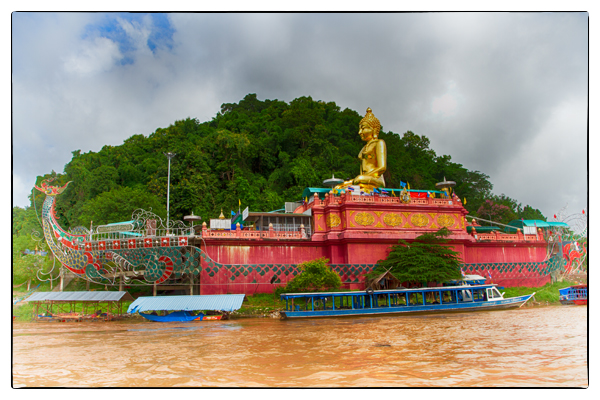

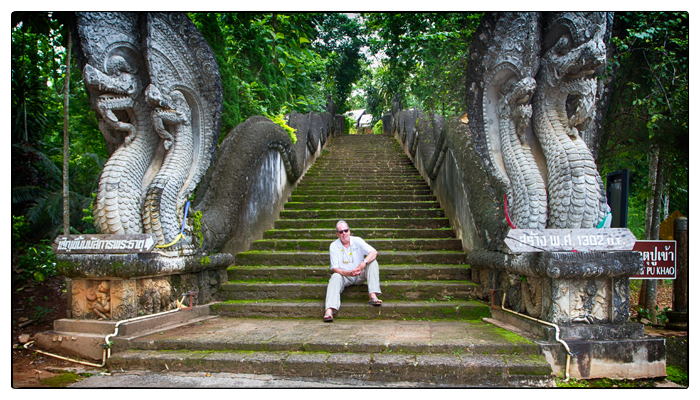



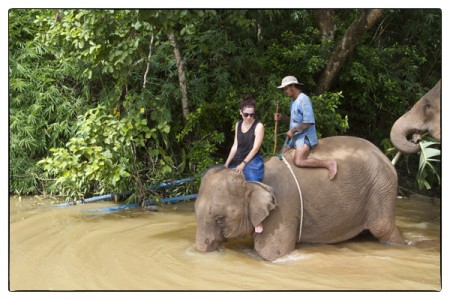
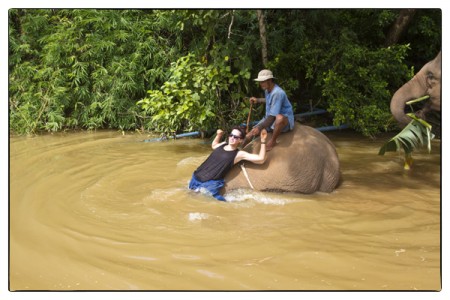
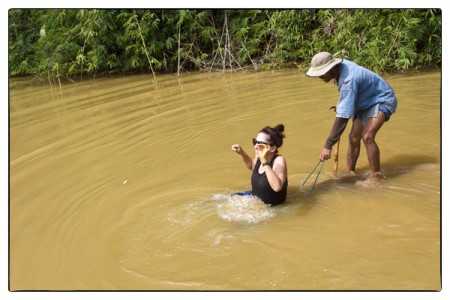
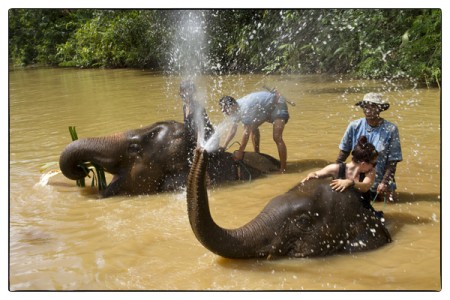
Recent Comments